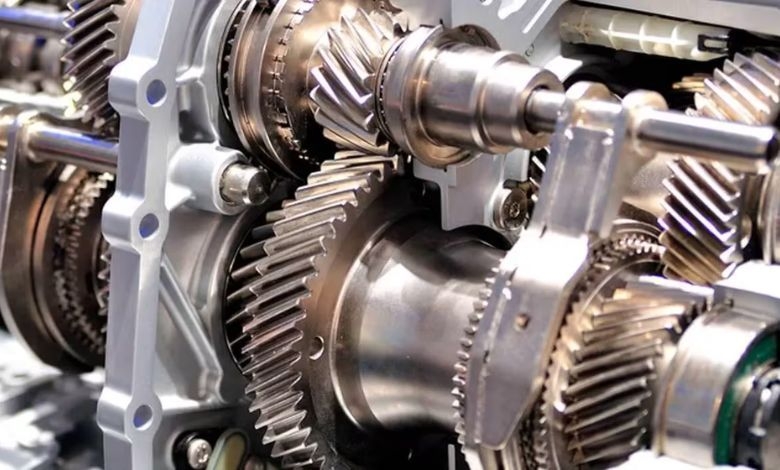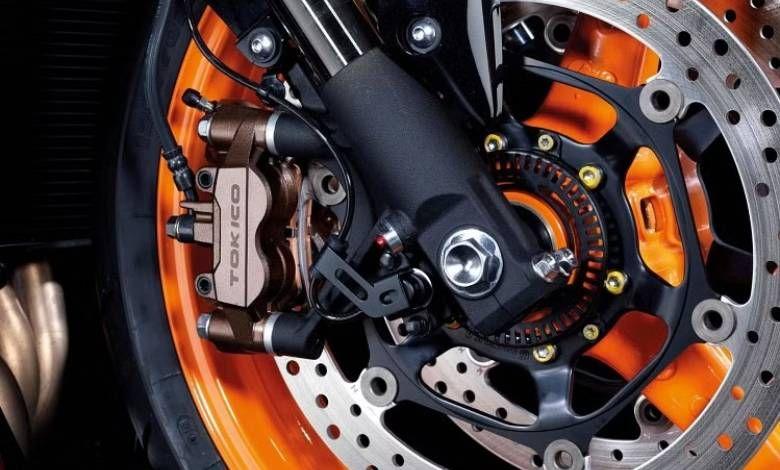Know About Automobile Transmission System

The automobile transmission system is a vital part of any vehicle. It transfers power from the engine to the wheels, allowing the car to move smoothly. Understanding how it works can help choose the right vehicle and ensure proper maintenance. So, today we’re going to learn everything about Automobile Transmission Systems.
What is an Automobile Transmission System?
An automobile transmission system is a mechanism that controls the power generated by the engine and delivers it to the wheels.
Its main job is to regulate speed and torque, which allows the car to accelerate, decelerate, and maintain speed without overloading the engine.
Components of Transmission System
A transmission system consists of several key components that work together to ensure smooth operation:
- Clutch (in manual transmission): Engages and disengages the engine from the transmission.
- Gearbox: Contains gears that change the torque and speed depending on the gear selected.
- Propeller Shaft: Transfers power from the gearbox to the rear axle in rear-wheel-drive vehicles.
- Differential: Distributes the engine power between the wheels, allowing them to rotate at different speeds, especially when turning.
- Axle: Transmits power from the differential to the wheels.
These components ensure the efficient transfer of power, making driving smooth and controlled.
Types of Transmission Systems
There are mainly two types of transmission systems: Manual and Automatic.
- Manual Transmission: The driver shifts gears manually using a clutch pedal and gear lever. It offers more control and is often preferred by those who enjoy a hands-on driving experience.
- Automatic Transmission: Gears change automatically based on speed and load. They are more convenient for city driving and reduce the need for manual gear shifting. Variants include CVT (Continuous Variable Transmission) and DCT (Dual-Clutch Transmission), which enhance performance and fuel efficiency.
How Does a Transmission System Work?
The transmission system works by converting the engine's power into the right amount of torque to turn the wheels. In a manual transmission, the driver selects the appropriate gear, while in an automatic system, the gears change automatically.
The transmission adapts to different driving conditions—such as starting from a stop, accelerating, or cruising at a constant speed—by shifting to the most suitable gear.
Why is the Transmission System Important?
The transmission system plays a key role in how a vehicle performs. It ensures that the engine runs within its most efficient speed range, improving fuel efficiency and reducing wear and tear.
A well-functioning transmission system leads to a smoother driving experience, better control over the vehicle, and improved longevity of the engine and other components.
Choosing the right transmission type, whether manual or automatic, is crucial for maximizing vehicle performance.
Conclusion
In summary, the automobile transmission system is essential for controlling the speed and power of the vehicle. Understanding the types and functions of transmission systems can help you make an informed decision when buying a car.
Whether you prefer the control of a manual transmission or the ease of an automatic, maintaining the system will ensure your vehicle runs smoothly for years to come.









































